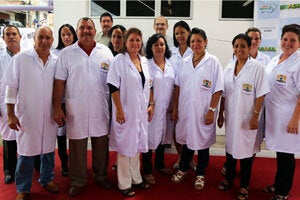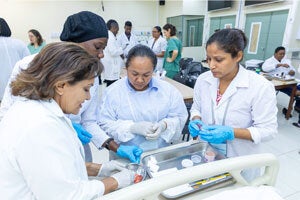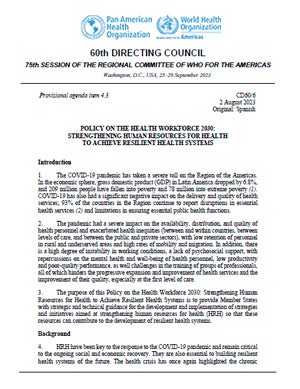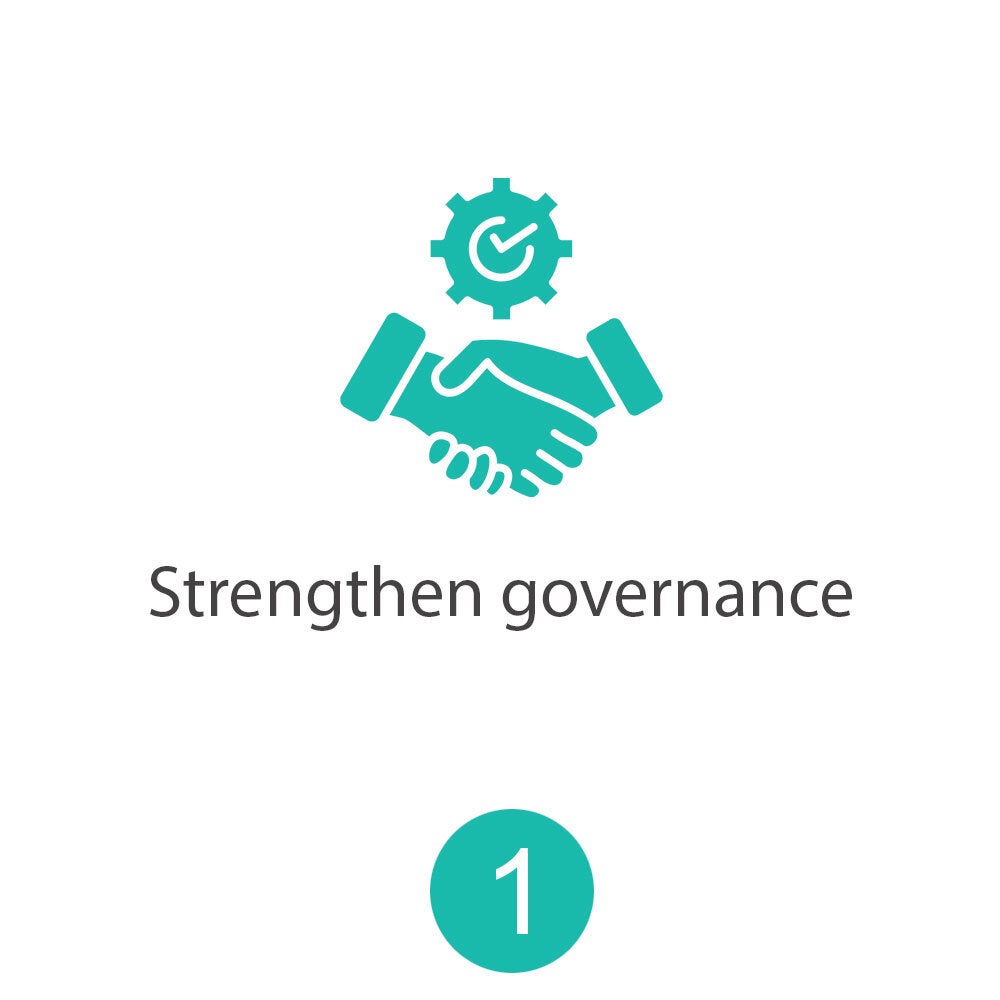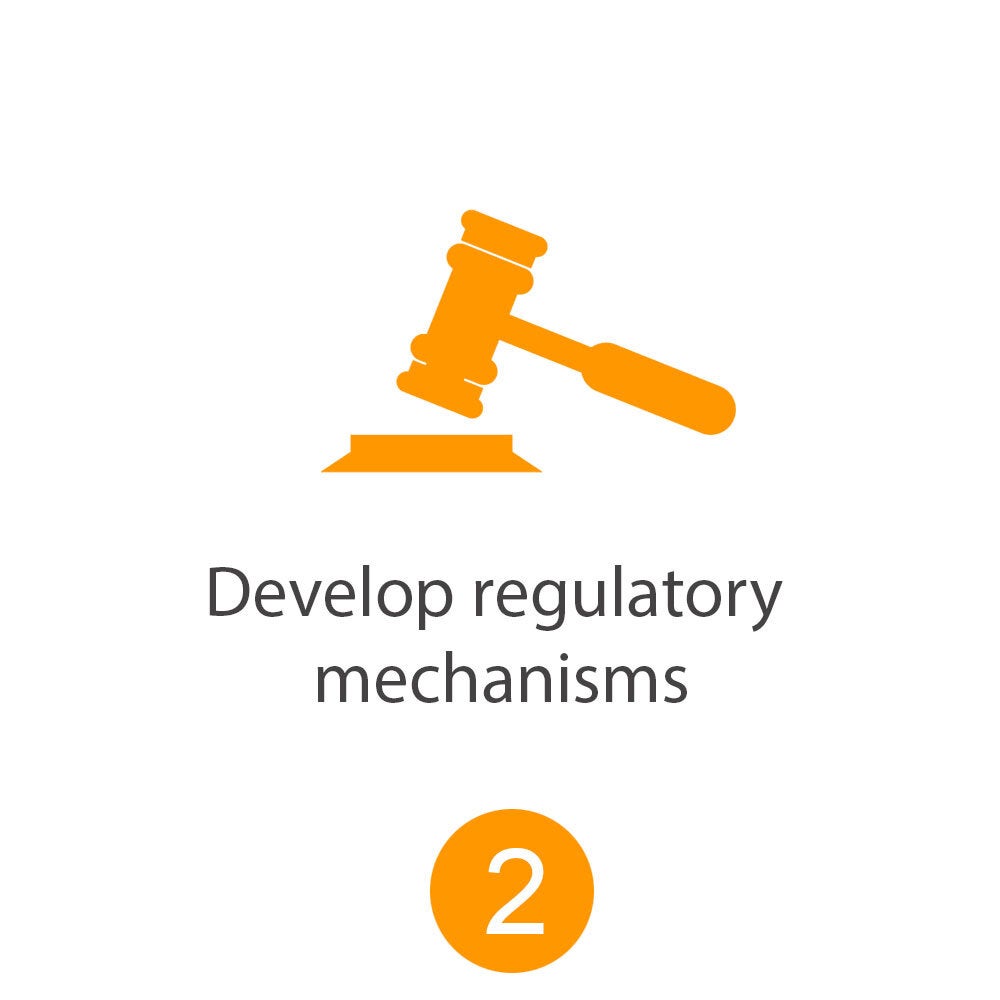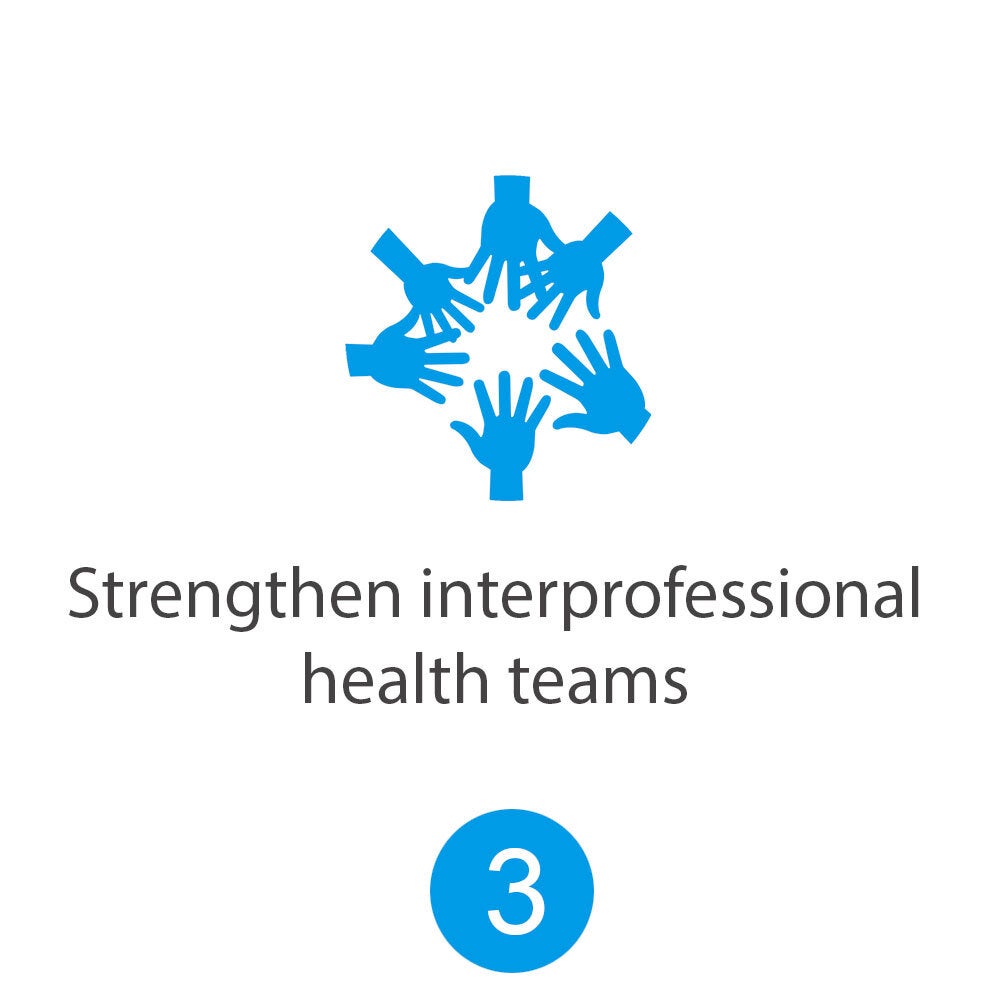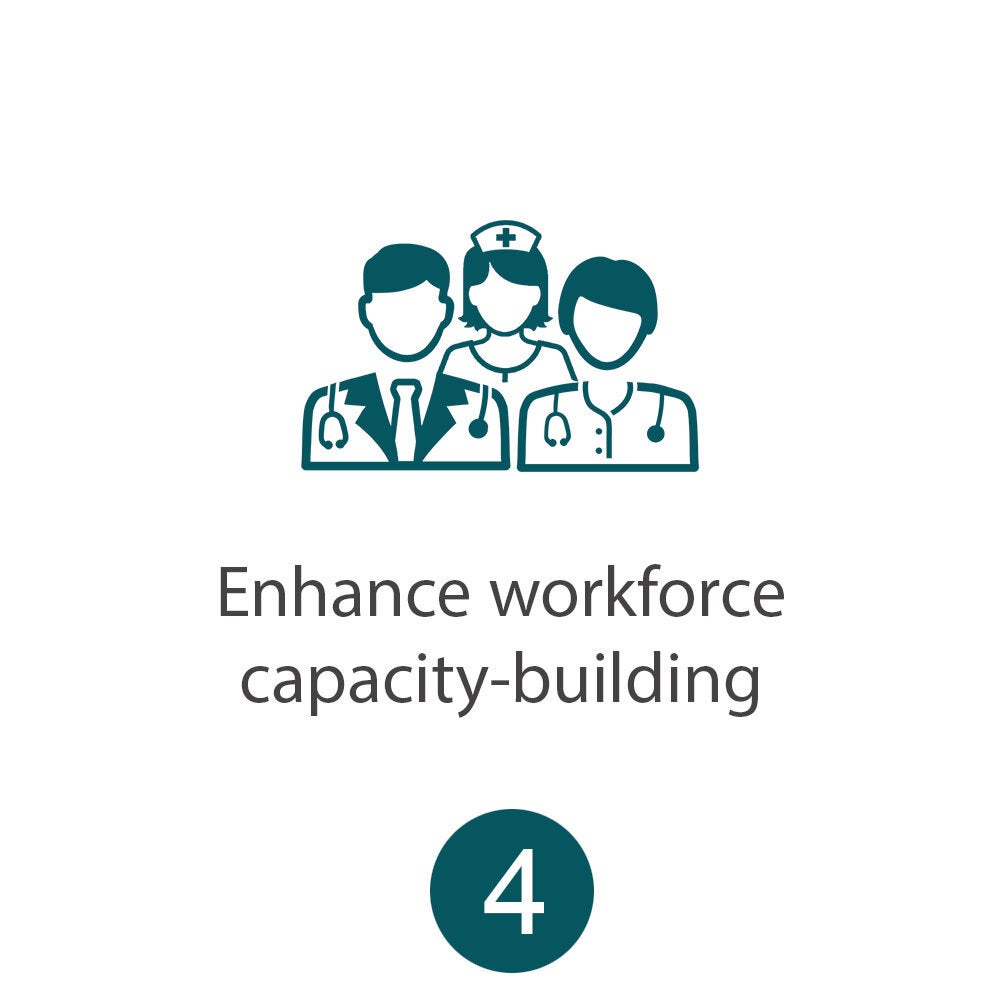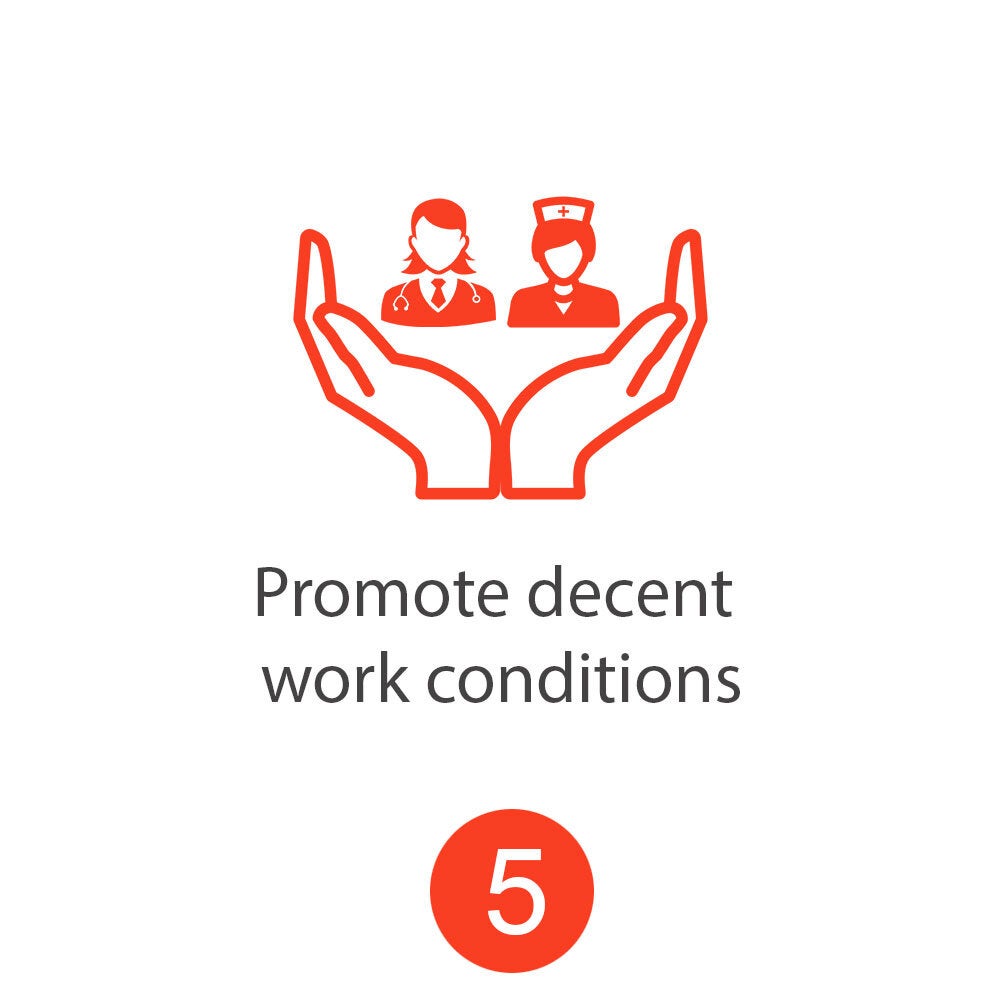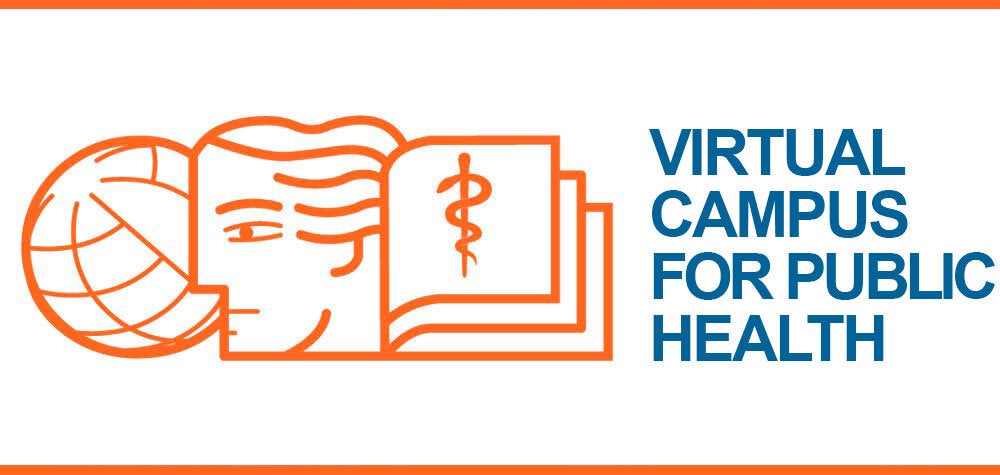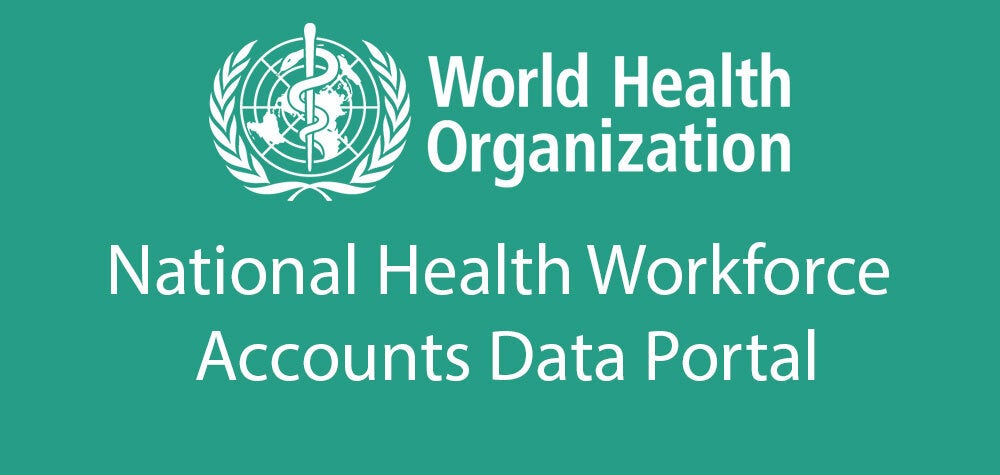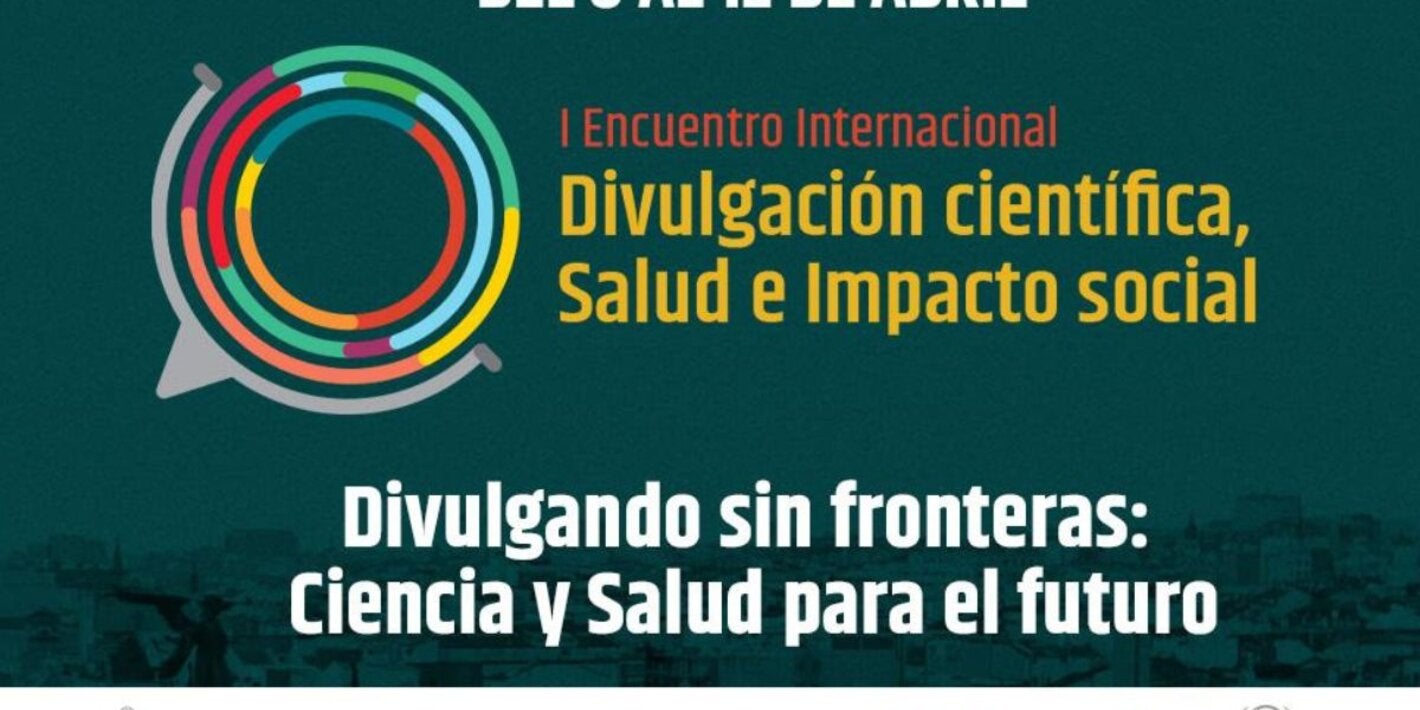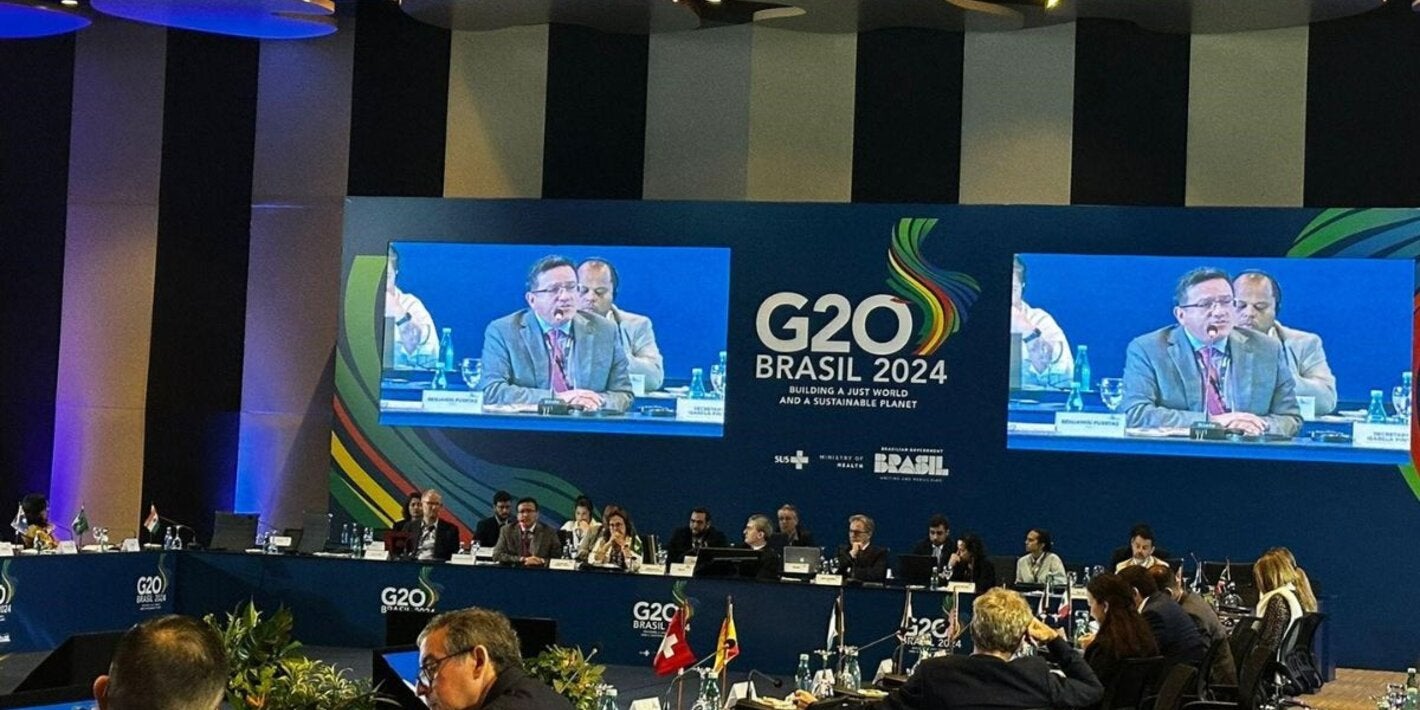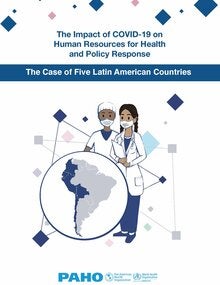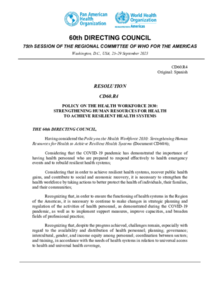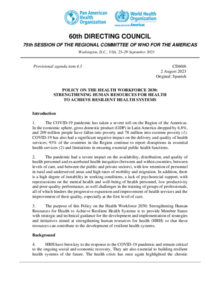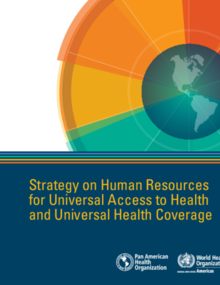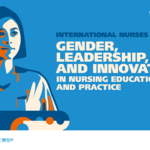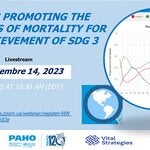Bridging gaps, ensuring access to health, and making a difference
Achieving universal health and ensuring the right to health depends on the accessibility, availability, acceptability, and quality of health personnel. And properly functioning, resilient health systems depend on the availability of health personnel. However, countries in the Region of the Americas face varying degrees of difficulty in terms of the education, employment, distribution, retention, and performance of this workforce.
Despite economic and social development and the progress made in strengthening health systems, many inequities and difficulties persist when it comes to accessing health services in our Region. Health workers play a key role in ensuring access and improving the health of the population. While the development of adequate, available, and qualified human resources for health has been high on national, regional, and global agendas in recent decades, much remains to be done to close the gaps.
- By 2030, a shortage of 600 000 health professionals is projected for Latin America and the Caribbean (LAC), based on a target of 44.5 medical, nursing, and midwifery professionals per 10 000 inhabitants.
- To achieve an effective coverage rate of 80% in LAC by 2030, two million medical, nursing, midwifery, dental, and pharmaceutical professionals will be needed. Currently, 66.7% of LAC countries do not have sufficient health professionals to reach this target.
- The Region of the Americas has seen an increase in the migration of health workers, particularly from the English-speaking Caribbean to health systems in the United States, Canada, and Europe.
- The main drivers of this migration are a combination of attractive wages and better living and working conditions in the receiving countries, together with a lack of professional development opportunities, poor working conditions, and low wages in the countries of origin.
- Nurses constitute 56% of health workers in LAC and women represent 89% of this group.
- In addition to their duties on the job, female health workers have a heavier burden of domestic responsibilities and in many cases are the main household breadwinners. This leaves them exposed to gender-based violence, psychological problems, and other health issues, in addition to persistent disparities in working conditions and lower pay.
In 2023, the 60th Directing Council of the Pan American Health Organization (PAHO) approved the Policy on the Health Workforce 2030: Strengthening Human Resources for Health to Achieve Resilient Health Systems.
The purpose of this policy is to guide Member States in the development and implementation of strategies to strengthen their health workforce, recover public health gains, and advance towards achieving the Sustainable Development Goals. In addition, the policy promotes action along five strategic lines: strengthening governance, developing and consolidating regulatory mechanisms, strengthening interprofessional health teams, enhancing workforce capacity-building, and promoting decent work conditions.


